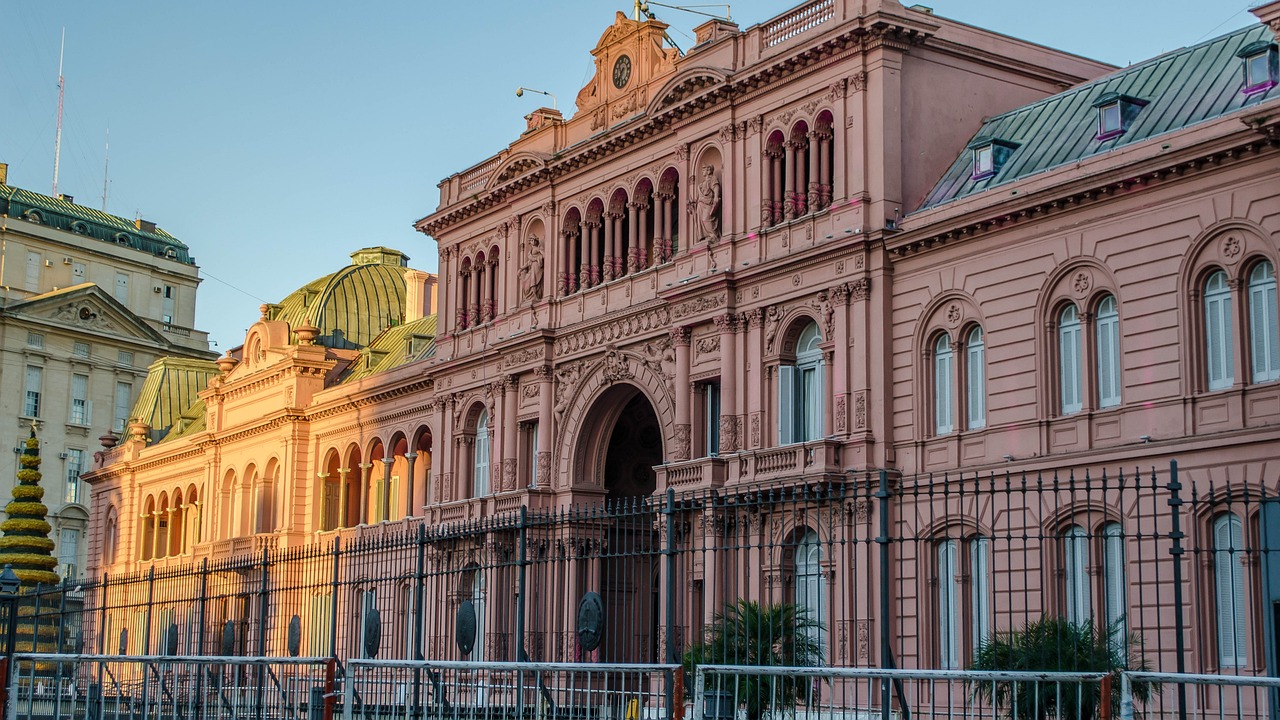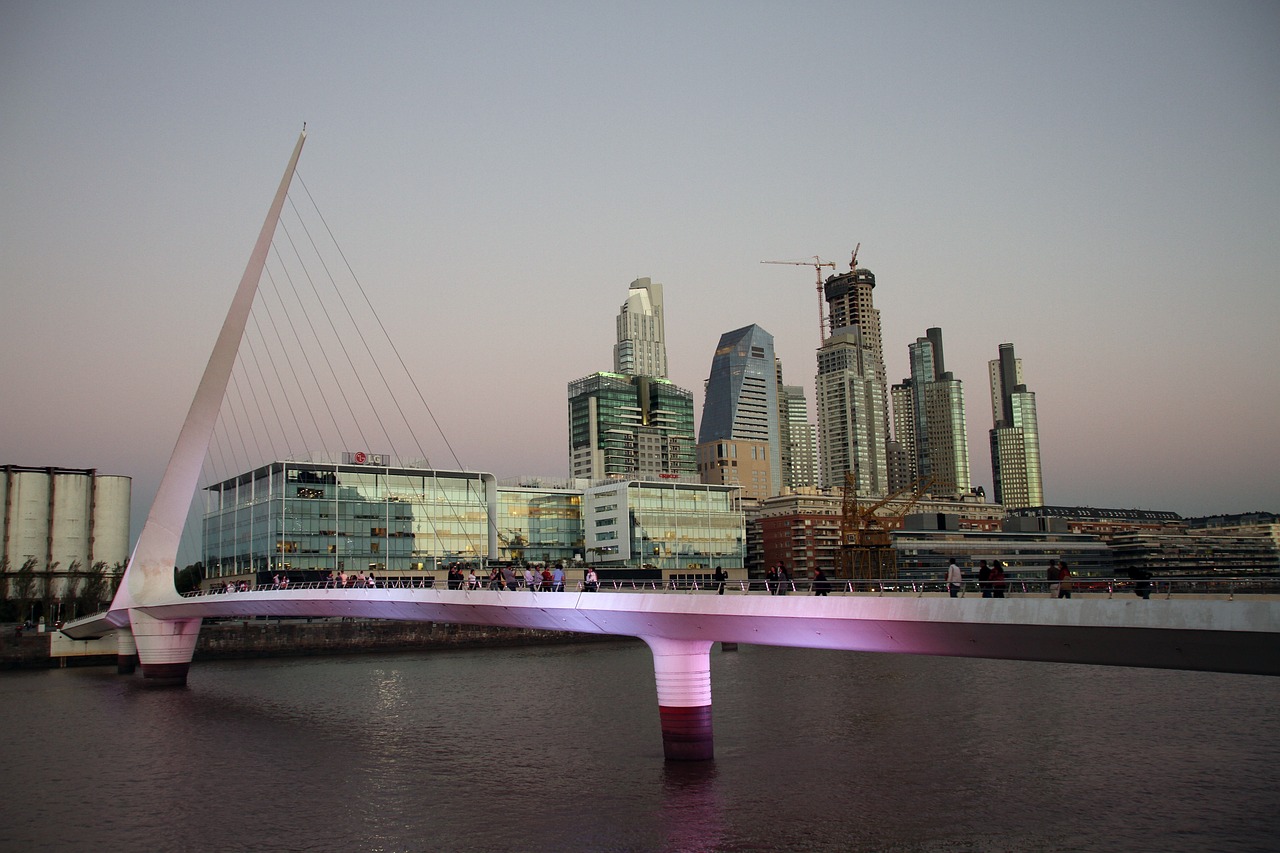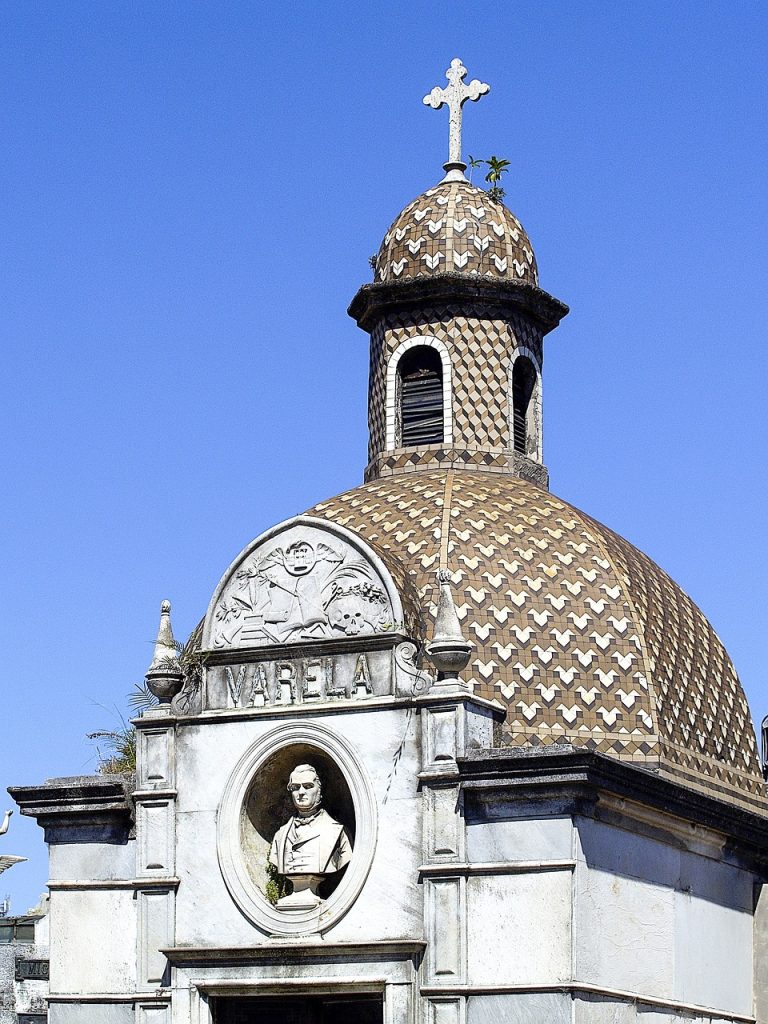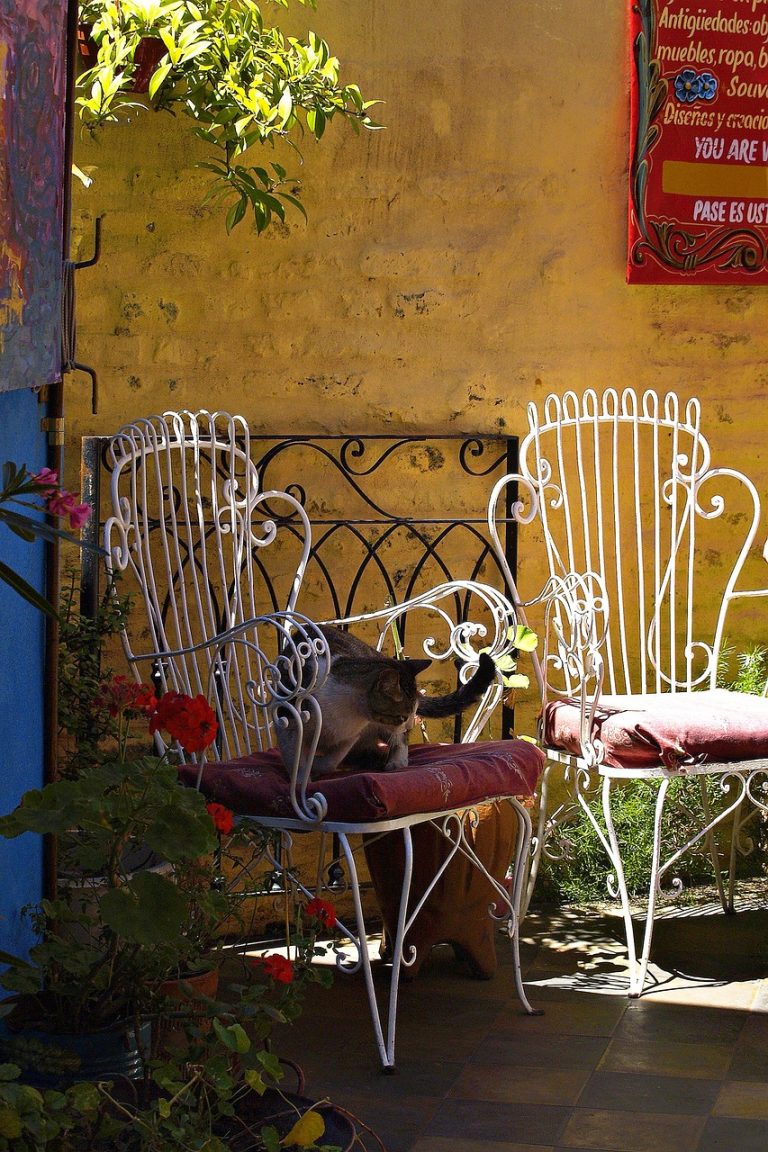Buenos Aires Argentina Video
Architectural Wonders: Iconic Buildings in Buenos Aires Argentina
Buenos Aires, the capital city of Argentina, is renowned for its rich architectural heritage. From neoclassical masterpieces to modern skyscrapers, Buenos Aires offers a diverse range of architectural wonders. This article explores some of the most iconic buildings in Buenos Aires, highlighting their unique features and historical significance.
Buenos Aires Argentina Image 1: 
Historic Buildings
- The Teatro Colon: This grand opera house is a symbol of Buenos Aires’ cultural heritage. Built in 1908, it showcases exquisite architecture and hosts world-class performances.
- The Casa Rosada: The iconic pink presidential palace is a significant political and historical landmark in Buenos Aires. It serves as the official workplace of the President of Argentina.
The Teatro Colon is known for its exceptional acoustics and opulent interiors. With its grand chandeliers, intricate ceiling paintings, and plush seating, it offers a truly immersive experience for theater enthusiasts.
The Casa Rosada’s distinctive pink hue is a result of the combination of lime and blood from cattle, which was used in its construction. It is open to the public for guided tours, allowing visitors to explore its ornate rooms and learn about Argentina’s political history.
Modern Architectural Marvels
- Palacio Barolo: This stunning art nouveau building was completed in 1923 and was inspired by Dante Alighieri’s Divine Comedy. Its design reflects the journey through hell, purgatory, and heaven.
- Obelisco de Buenos Aires: Standing tall in the heart of the city, the Obelisco de Buenos Aires is an iconic symbol of the city. It was built in 1936 to commemorate the 400th anniversary of the city’s founding.
The Palacio Barolo features intricate details, including sculptures, stained glass, and a lighthouse-inspired dome. Visitors can take guided tours to admire its unique architecture and enjoy panoramic views of Buenos Aires from the rooftop.
This towering monument reaches a height of 67 meters and is made of white stone. It serves as a meeting point and a popular spot for tourists to capture panoramic views of Buenos Aires.
Buenos Aires Argentina Image 2: 
Architectural Landmarks
- Palacio de Aguas Corrientes: Also known as the Water Company Palace, this stunning building showcases a mix of architectural styles, including neo-renaissance and neo-gothic.
- Floralis Genérica: This unique steel flower sculpture is a symbol of Buenos Aires’ modern architecture. Created by Argentine architect Eduardo Catalano, it was unveiled in 2002.
The Palacio de Aguas Corrientes was built in 1894 and served as the headquarters of the city’s water company. It features intricate details, such as ornate facades, sculptures, and colorful tiles.
The Floralis Genérica stands at 23 meters tall and opens and closes its petals depending on the time of day. It is located in the United Nations Park and has become a popular spot for locals and tourists alike.
Artistic Expression
- Museo Nacional de Bellas Artes: The National Museum of Fine Arts houses an extensive collection of Argentine and international art. Its neoclassical building dates back to 1870.
- El Ateneo Grand Splendid: Once a theater, this breathtaking bookstore is considered one of the most beautiful in the world. It retains its original architectural charm, with ornate balconies and a stunning ceiling fresco.
The museum showcases works by renowned artists such as Goya, Rembrandt, and Van Gogh. Visitors can explore its various exhibition halls and appreciate the diverse range of artistic styles.
Book lovers can browse through its extensive collection while enjoying the grandeur of the building. The stage area has been transformed into a café, offering a unique reading experience.
Buenos Aires Argentina Image 3: 
Parks and Landscapes
- Parque Tres de Febrero: Also known as the Bosques de Palermo, this expansive park offers a peaceful retreat from the bustling city. It features beautiful gardens, lakes, and rose gardens.
- Plaza de Mayo: Located in the heart of Buenos Aires, Plaza de Mayo is a historic square surrounded by significant buildings, including the Casa Rosada and the Metropolitan Cathedral.
Visitors can enjoy leisurely walks, rent bicycles, or have a picnic amidst the lush greenery. The park also houses several attractions, including the iconic Rosedal and the Planetarium Galileo Galilei.
The square holds great historical and political importance, as it has been the site of numerous demonstrations and gatherings throughout Argentine history. It serves as a meeting point for locals and a must-visit for tourists.
Conclusion
Buenos Aires is a city that seamlessly blends architectural styles from different eras, creating a unique and vibrant urban landscape. From historic landmarks to modern marvels, the city’s iconic buildings showcase its rich cultural heritage and artistic expression. Exploring these architectural wonders is a must for anyone visiting Buenos Aires, providing a glimpse into the city’s past and present.
References
- teatrocolon.org.ar
- casarosada.gob.ar
- palaciobarolo.com.ar
- palaciodeaguascorrientes.com.ar
- museobellasartes.gob.ar
- ateneograndspendid.com.ar







